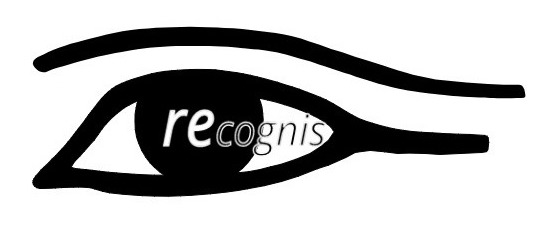Offshore wind: How low can you go?
Three press releases by two major offshore wind farm owners and operators totally surprised the industry during the past few months. First, DONG Energy came out on 5th of July with the news that it had won the public auction for Borssele 1 and 2 wind farms (2 times 350 MW) with an all-time record low bid of 72.7 EUR per MWh for a 15-year contract with the Netherlands’ Ministry of Economic Affairs.
The smoke had barely dissolved when Vattenfall released the news on 12th of September of winning the Danish Near Shore Tender with 64 EUR per MWh for 13 years. The tender was for two wind farms of 350 MW total capacity on the west coast of Jutland.
And last week, on 9th of November, Vattenfall made it again – this time winning the auction for the Danish part of the huge Kriegers Flak shoal in the Baltic Sea. The offshore wind industry members had hard time believing their eyes when they saw the latest Vattenfall figures: the 600 MW wind farm investment should be covered – hopefully with a decent profit to the owner – with a mere 49.9 EUR/MWh income!
All three projects should be up and running in 2020, and they will be built with the next-generation turbines in the 8 MW size range. The above stated cost figures don’t include the offshore substations and cables to mainland. But even so, they are shocking numbers compared to what the industry is used to.
Offshore wind has traditionally been seen as one of the more costly and less mature branches of the renewables business. Since the early experiments of the 1990’s, offshore wind farm construction and operation have been relying on lofty support from the taxpayers. The growth of turbines and project sizes was hoped to bring the costs down, but for a number of years the cost curve was stubbornly pointing upwards, to everybody’s disappointment and frustration.
It seemed that a number of unfavourable factors more than compensated for the potential savings brought by the growing volumes and learning-by-doing. These included the increasing water depths and ever longer distances to coastline and construction hubs, as well as the contractors’, insurers’ and lenders’ policies of strict risk mitigation – meaning higher margins and safety margins on margins.
While the modest sized nearshore experiments of the 1990’s and first years of 2000’s were built on shallow waters and with project structures mainly copied from the onshore wind power industry, the “next wave” of offshore wind farm construction was totally different: Water depths of 40 meters, sea fetch of 100 km, and project setups borrowed from the offshore oil and gas industry. Needless to say, offshore oil and gas have a totally different risk profile to that of onshore wind. The result: remuneration levels approaching 200 EUR/MWh, and raising eyebrows within the political and financing circles.
Starting around 2011-12, cost reduction was gradually recognised as the only long term survival strategy for the business. In 2014, DNV-GL published their “Offshore Wind – A Manifesto for Cost Reduction”, declaring “a war on cost” and summing up a number of previously launched public and industry initiatives on turning the cost curve back to where it should be pointing – towards Southeast.
Earlier this year, IEA Wind Task 26 published their study on the future cost and technology trends of on- and offshore wind, based on the survey of 163 World’s foremost experts. According to the experts’ expectations, the LCOE of fixed-bottom offshore wind should decrease 30 % from the 2014 baseline level of 127 EUR/MWh by 2030. But now, after the latest press releases from DONG and Vattenfall, it seems the industry is heading far beyond the 2030 cost reduction target already by 2020!
Didn’t the experts see it coming? Do DONG and Vattenfall know something the rest of us don’t? It’s highly unlikely they have miscalculated their numbers – after all, they are among the most experienced players on the market.
Many smaller companies are now understandably worried of the long term impacts the shockingly low bid prices could have on the market. If the cost targets are not met, how can it be explained to politicians? And if they are met, how can it be explained to project finance providers who are used to much higher remuneration levels? Will there be any space left for mid-sized investors in the market, or will the ones with the thickest purse take it all? And while players like DONG and Vattenfall can certainly benefit from their big pipelines and purchase power in the price war, could they also voluntarily accept some losses from a key project, if this would help them to push opponents out of the boxing ring? Will the winner take it all – even if winning means having some losses?
Offshore wind will be getting less expensive, for sure. And it has to. But how fast, and how low, can it go from today’s level? The supply chain shouldn’t be squeezed too tight, the lenders must get their money back, and the owners must stay confident. DONG and Vattenfall should know what they are doing. If they don’t, who does? After a few years we will all know if things went as planned. In the meanwhile, let’s keep our fingers crossed and try to sleep well.

Recent Comments